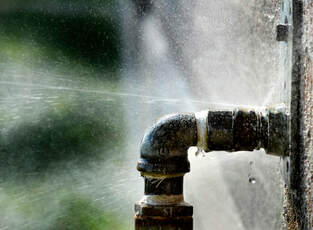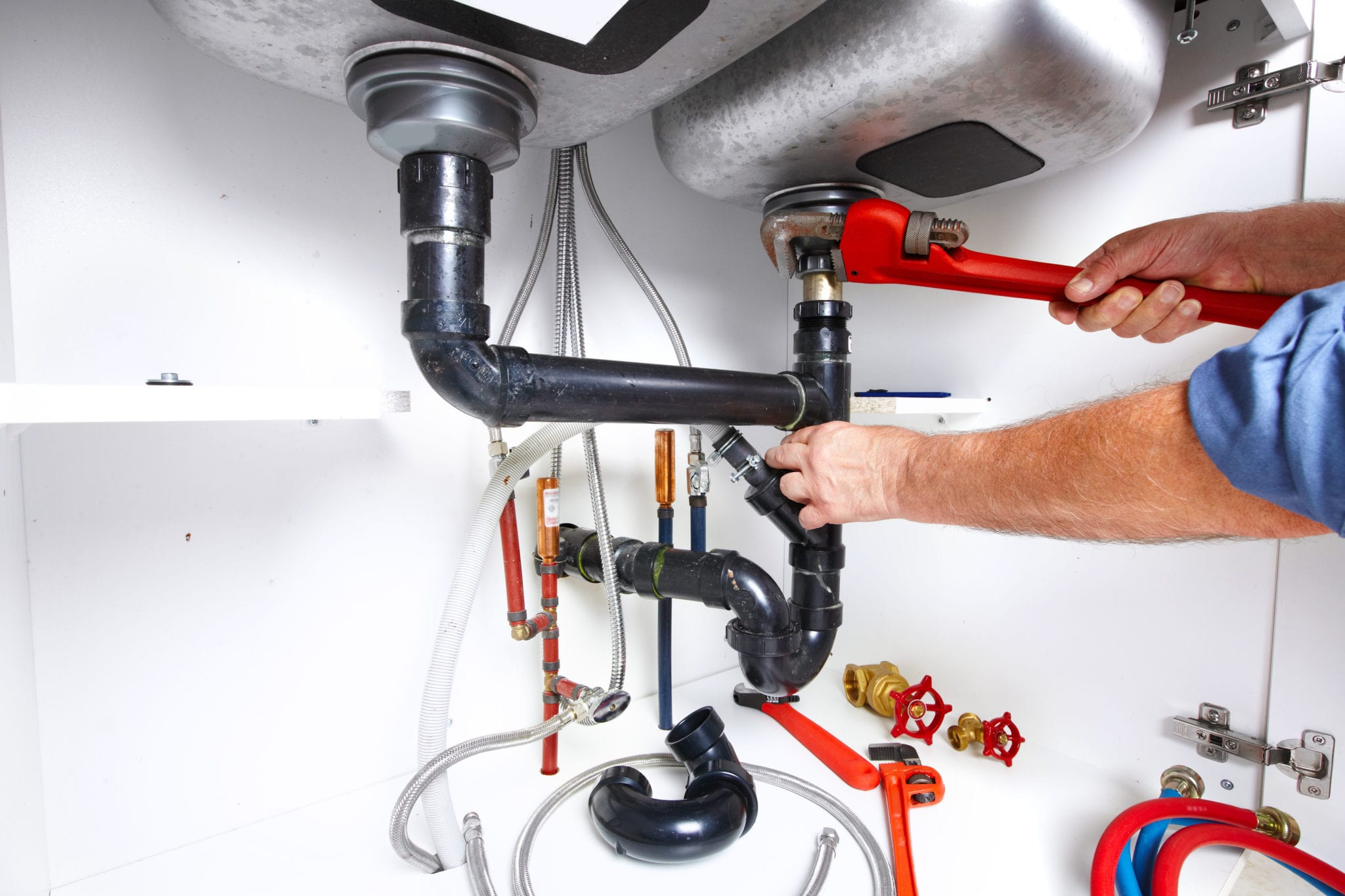Exactly how to Find and Repair Water Leaks-- A Comprehensive Overview
Exactly how to Find and Repair Water Leaks-- A Comprehensive Overview
Blog Article
Just how do you really feel in regards to Finding hidden leaks?

Early detection of dripping water lines can reduce a possible disaster. Some small water leakages may not be visible.
1. Examine the Water Meter
Checking it is a surefire way that helps you discover leaks. If it moves, that indicates a fast-moving leakage. This suggests you may have a slow leakage that can also be underground.
2. Inspect Water Usage
Evaluate your water bills and track your water intake. As the one paying it, you need to notice if there are any disparities. If you detect sudden changes, regardless of your intake being the same, it indicates that you have leaks in your plumbing system. Bear in mind, your water costs ought to drop under the very same range every month. A sudden spike in your expense indicates a fast-moving leakage.
Meanwhile, a steady rise on a monthly basis, despite the same behaviors, shows you have a slow leakage that's also gradually escalating. Call a plumber to thoroughly inspect your residential property, especially if you feel a cozy location on your flooring with piping underneath.
3. Do a Food Coloring Test
30% comes from commodes when it comes to water intake. Test to see if they are running properly. Drop specks of food color in the tank and wait 10 minutes. If the color somehow infiltrates your bowl throughout that time without flushing, there's a leakage between the tank and also dish.
4. Asses Exterior Lines
Don't fail to remember to check your exterior water lines too. Examination faucets by attaching a yard pipe. Needs to water leak out of the connection, you have a loosened rubber gasket. Replace this and guarantee all links are tight. It will certainly assist obtain it professionally checked out as well as kept every year if you have actually got a sprinkler system. One tiny leakage can lose tons of water and increase your water expense.
5. Examine the situation as well as inspect
Home owners should make it a behavior to check under the sink counters as well as also inside cabinets for any type of bad odor or mold and mildew growth. These two warnings show a leak so prompt interest is called for. Doing regular evaluations, even bi-annually, can conserve you from a significant issue.
Extra notably, if you know your home is already old, keep a watchful eye on your heating units, hose pipes, pipes etc. Look for discolorations as well as compromising as many pipes and devices have a life expectancy. They will certainly likewise naturally deteriorate as a result of tear as well as wear. Don't wait for it to rise if you think leaking water lines in your plumbing system. Call a professional plumber right away so you do not end up with a dreadful mess in your home.
Early discovery of leaking water lines can minimize a potential catastrophe. Some small water leakages may not be visible. Examining it is a proven method that aids you discover leakages. One little leak can lose lots of water and also spike your water expense.
If you believe leaking water lines in your plumbing system, don't wait for it to intensify.
How to Know If Your Home Has a Hidden Leak
Water Meter Reveals Inexplicable Water Usage
If you’d like to test whether or not there’s a leak somewhere in your home, you can do this using your water meter. Here is how to conduct the test:
Don’t use any water in your home for at least 30 minutes; this also means not turning on faucets or water-using appliances.
Go outside, and check your water meter for activity.
If your water meter shows that there was activity, even though no one was using any water, this proves that there is a leak in your home.Visible Mold or Mildew Growth
Leaks behind walls create moist, dark environments that allow mold and mildew to grow and thrive. Eventually, you might see mold growth forming on the wall closest to a hidden leak.
If mold is growing in an area that receives a high amount of moisture, such as a bathroom, it may simply be an indication that better ventilation is needed. However, if you see mold growth on a wall or the ceiling in an area where you would not expect, you probably have a hidden leak.
Musty, Mildew Odor
Sometimes you might not be able to see the mold or mildew that is growing as a result of a leak. However, the smell can give the problem away just as easily. If you catch a whiff of something musty, there’s a good chance that old water is collecting somewhere in your home that you can’t see.
Stained/Warped Walls, Ceilings, or Floors
When your home soaks up water, a variety of red flags can become visible, including ceiling stains, bubbling drywall, warped walls, and sagging floors. While these issues can be caused by excess humidity, they can also be signs that a pipe or plumbing connection has started leaking behind your walls.
Inexplicably High Water Bill
After a while, you get a general sense for what your water bill should be. If you own a pool or sprinkler system, your bill will tend to be higher during summer. However, if you receive a water bill that seems especially high, and you can’t figure out what caused it, then you may have a hidden leak somewhere that’s increasing your bill.
https://www.plumbingjoint.com/blog/2019/july/how-to-know-if-your-home-has-a-hidden-leak/

Do you really like reading about Detecting hidden plumbing leaks? Try to leave feedback further down. We'd be delighted to see your opinion about this write-up. We are looking forward to see you back again in the future. Enjoyed our article? Please share it. Help other people discover it. Kudos for your time. Visit us again soon.
Report this page